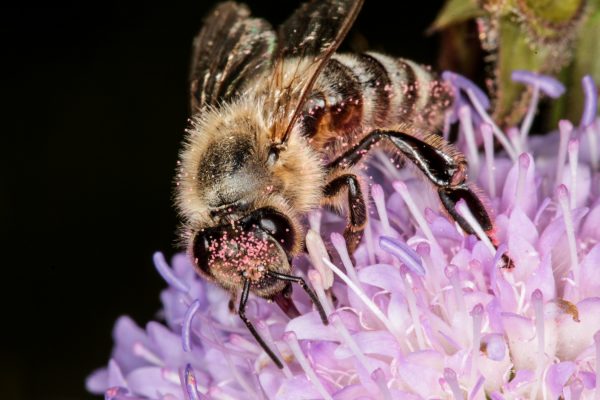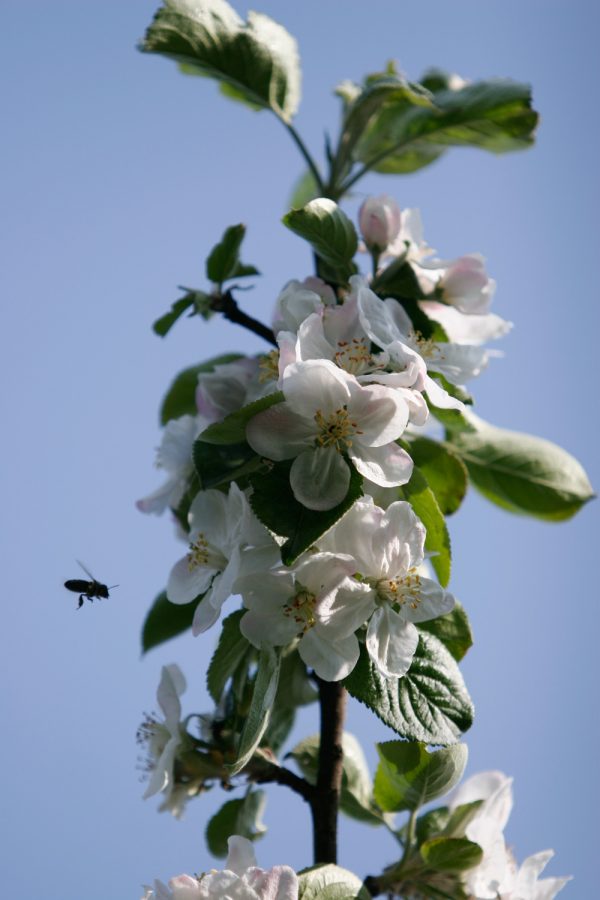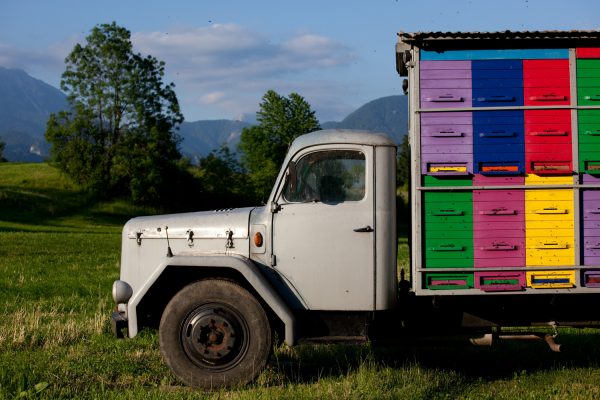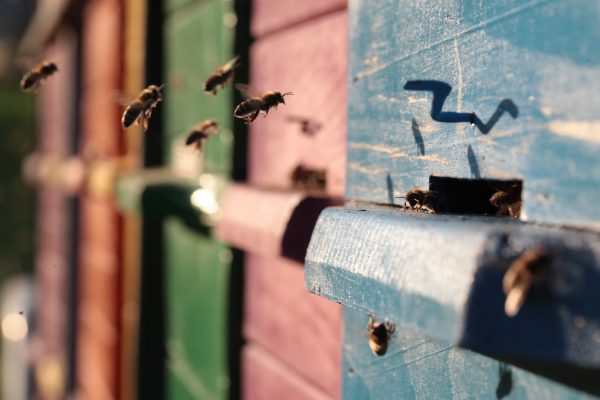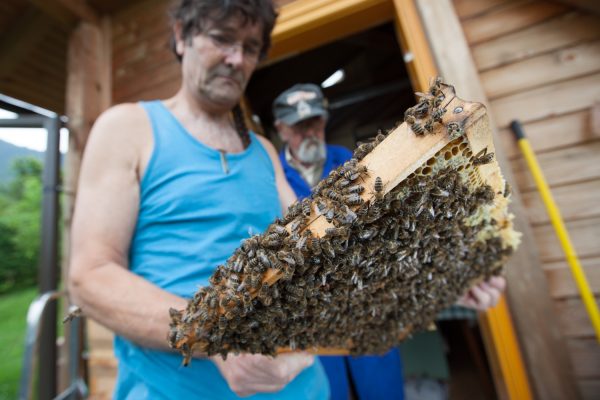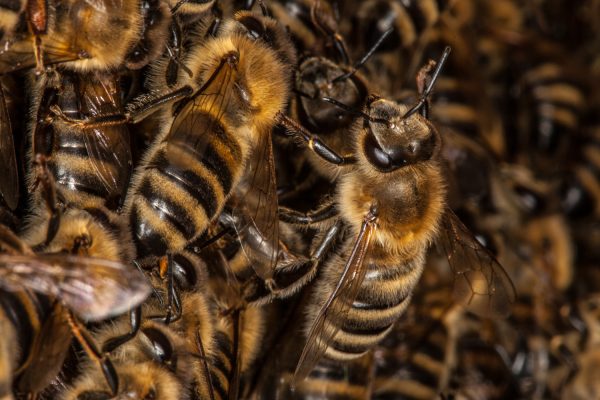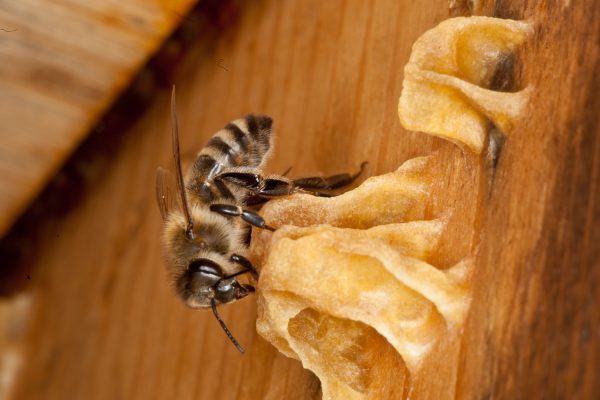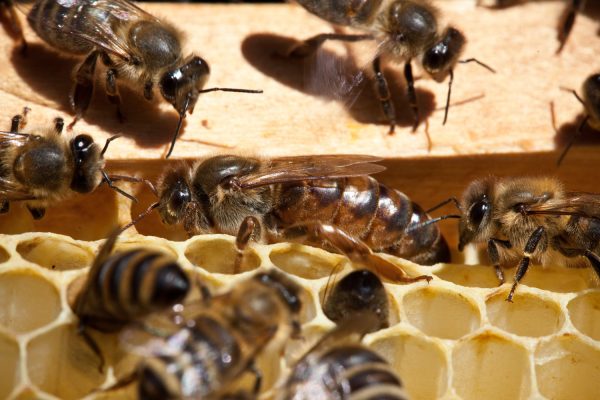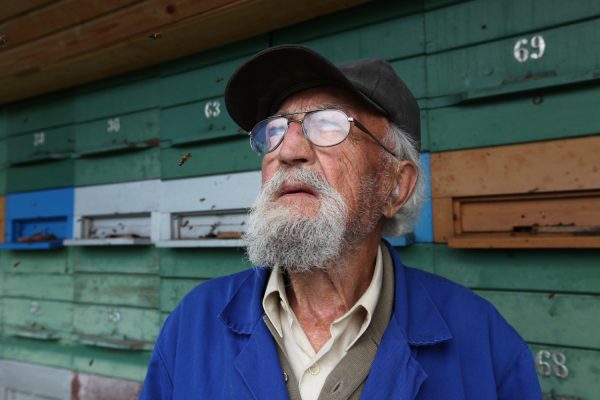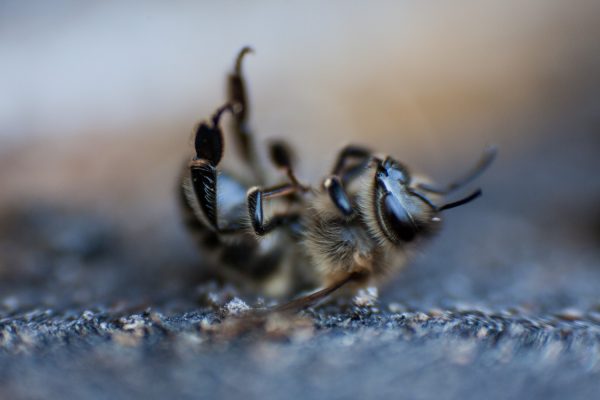This reportage for NATIONAL GEOGRAPHIC focuses on indigenous Slovenian bee, which is one of the most spread and valued around the World.
Slovenia is a cradle of beekeeping. We have evidence of beekeeping in the country since the middle ages, and a first description of it in a 1689 book by historian Valvasor. Slovenia was developing in this area and became one of the leading forces in beekeeping in the second half of 18th century. Anton Janša, a thorough observer and documenter of bees, was named by Austro-Hungarian emperor Maria Teresia as a teacher in the new beekeeping school in Vienna. The rise of beekeeping was accompanied by authentic Slovenian art of painting the heaves and pioneering the trade and exportation of the bees. Jan Strgar, Mihael Ambrožič in Emil R. Rotschütz started trading with bees in the middle of 19th century, exporting them to Europe, Americas, North Africa and even Japan.
In 1879, August Pollmann was the first one to recognize the Slovenian bee as a new breed. He named it Carniola Bee (scientifically Apis mellifera carnica). This bee became the second most spread bee in the world, after Italian bee.
This bee is still highly valued around the world for breeding or mixing with other breeds because of it’s characteristics – it is highly productive and of a very mild behavior, so it can be kept close to homes and even in the cities.
Carniola Bee became protected by Slovenian laws, and since 2002 no other but only this breed can be kept in Slovenia, so the breed is not endangered with crossbreeding. However, beekeepers in Slovenia are facing other fatal troubles. Use of pesticides can be a problem, but the mayor threat is a disease »varoza« that spread among bees in the 80s from Asia. Because of this disease, Slovenian bees can nowadays survive only with help of the beekeepers. In nature, the whole population would be destroyed. To fight this disease, beekeepers were first using chemicals that were later proven to be harmful for human health. Some of the beekeepers are testing new, natural substances – like formic acid – which is believed to be the only sustainable solution.
